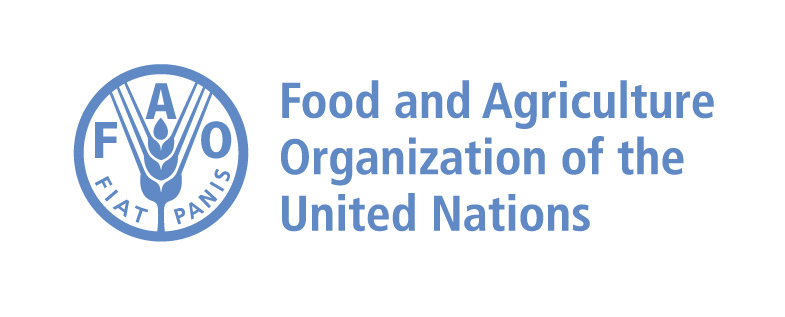Resource information
The main objective of the present Forest Policy is enhancing the contribution of the forests to the national economy and the welfare of the current and future generations, taking into account the preservation of the biodiversity. Three goals of equal weight are contained in the main objective, namely: 1) Economic goal: Forests will be used efficiently and in a sustainable manner in order to enhance the contribution of the sector to the national economy, including foreign currency, government income, and employment. For this purpose the potential offered by the diversity of products and services of the forest will be utilized as much as possible; 2) Socio-cultural goal: Raising the minimal subsistence level of the population in general, and in particular of those people who live in and around the forests and who are directly dependent on the forests for their livelihoods, such as the indigenous and maroon communities. An important aspect of this is to participate, on the basis of full information, in activities in and around their surroundings and to share in the benefits and proceeds thereof. The cultural values and traditions of the populations will be respected in the planning and implementation of these activities; 3) Environmental goal: Forests with a special protective function or water storage and supply function will be conserved and managed for that purpose. In order to maintain viable populations of plants and animals found in Suriname, the network of representative protected areas for the diverse forest types will be expanded and managed for that purpose. Production forests will be managed and utilized in such a way that the negative effect on the environment will be minimized.In order to reach the main objective the following three themes shall be pursued: 1) Land use planning, land use rights; 2) Contributing to economy by increasing income from timber, non-timber forest products and 3) Environmental functions of the forest and distributing them equitably and environmental protection.Up to now, the integrity of the forest has not been threatened much and the degree of deforestation is negligible. During the last 10 years, less than 1% of the total forest estate was converted into other uses. Conversion has mainly taken place for mining, generation of energy and agriculture (Chapter 2.2). Chapter 5 claims to establish one (semi-governmental) forest management organization for the execution of the core tasks of forest management, including the implementation of the national forest policy.Chapter 6.7 on Financing establishes that the national effort to draw and execute strategic plans will benefit from financial contribution of the international community. It will be necessary to create conditions so that potential support is converted into actual support. For that purpose the administration shall: I) Establish a forest fund to channel international funds meant for the support of the implementation of this forest policy; ii) Promote the financing of capacity building and investments to the private sector by development banks.The text consists of 6 Chapters as follows: Introduction (1); Description of the forest sector (2); Evaluation of the forest sector (3); Main Policy Objective (4); Thematic objectives and strategies (5); Supporting measures (6).


